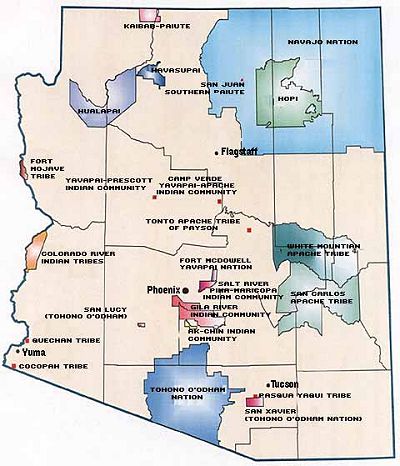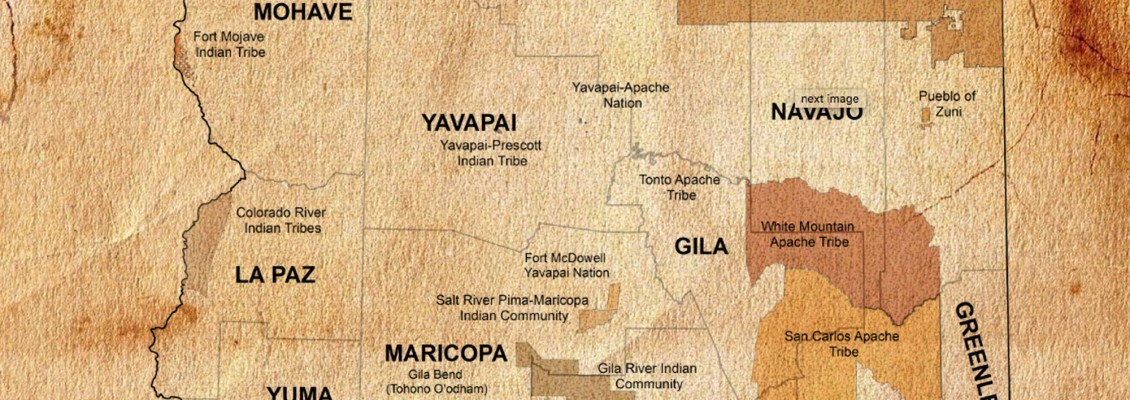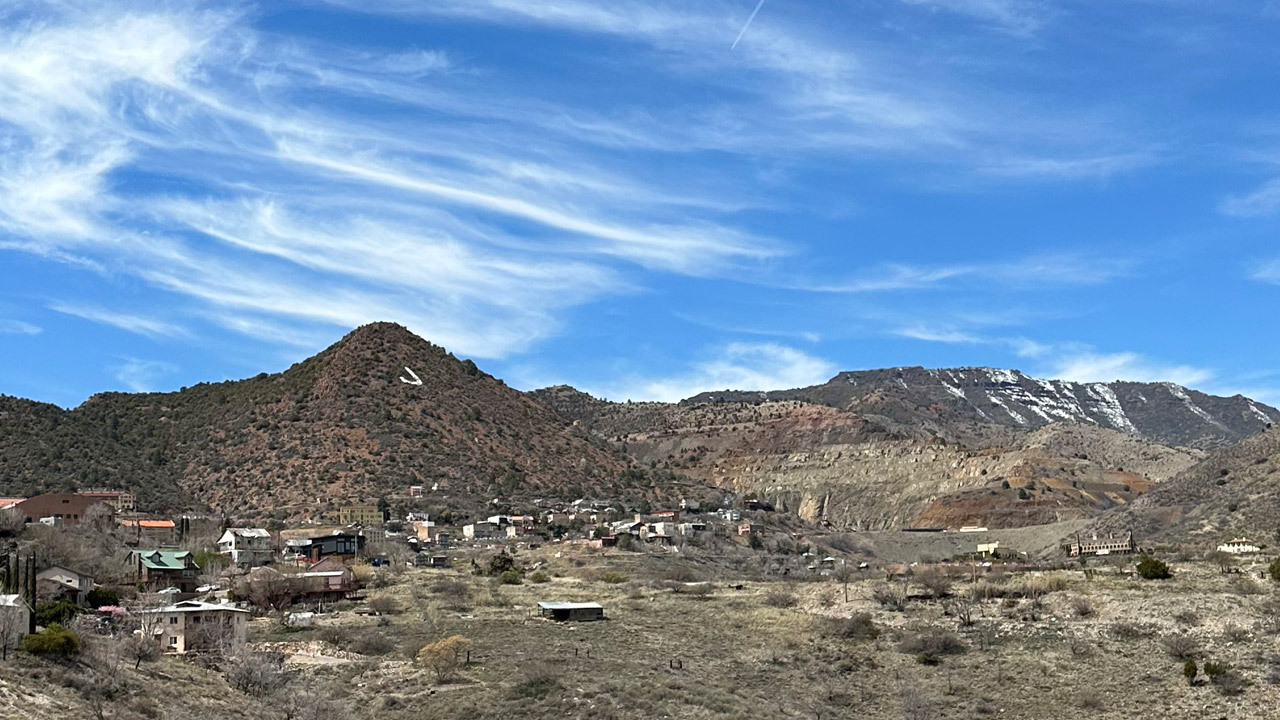Arizona’s Native Treasures: Exploring the Tribes Around Flagstaff
Arizona’s Native Treasures: Exploring the Tribes Around Flagstaff

The high desert air whips through the ponderosa pines, carrying with it the scent of sage and the whispers of ancient stories. You’re in Flagstaff, Arizona, a city nestled at the foot of the majestic San Francisco Peaks, a place where history and nature intertwine. But beyond the tourist attractions and bustling downtown, lies a rich tapestry of indigenous culture, woven by the hands of the tribes who have called this land home for centuries.
From the majestic Hopi mesas to the sprawling Navajo Nation, Arizona is a treasure trove of diverse Native American communities, each with its own unique language, traditions, and stories. But for those seeking a deeper connection to the land and its people, the tribes surrounding Flagstaff offer a particularly compelling experience. Here, you’ll find not just a glimpse into the past, but an opportunity to engage with the present, to learn from their wisdom, and to be inspired by their resilience.
Related Articles: Arizona’s Native Treasures: Exploring the Tribes Around Flagstaff
- Unveiling Jakarta's Indian Culinary Gems: A Journey of Flavors and Delights
- Uncover the Rich Tapestry: Discover the Vibrant Native American Heritage of Oklahoma
- Uncover the Hidden Gems of Florida's Indian Reservations
- Where In The World Are Most Indian Reservations? A Journey Through American History
- Uncover the Enchanting World of Indian Tribes in Coachella Valley
The Navajo Nation: A Tapestry of Tradition and Modernity
The Navajo Nation, the largest Native American reservation in the United States, stretches across a vast expanse of northern Arizona, New Mexico, and Utah. Its landscape, a dramatic blend of red rock canyons, high desert plains, and towering mesas, mirrors the richness and complexity of its people.
The Navajo, known as the "Diné" in their own language, are renowned for their artistry. Their intricate silver jewelry, woven rugs, and pottery are coveted worldwide, each piece carrying the spirit of their ancestral knowledge and artistic prowess. But the Navajo are more than just artisans; they are farmers, ranchers, educators, and entrepreneurs, blending tradition with modernity in a way that is both inspiring and pragmatic.
Exploring the Navajo Nation:
- Window Rock: The capital of the Navajo Nation, Window Rock is home to the Navajo Nation Museum, a treasure trove of artifacts, exhibits, and cultural programs that shed light on the Diné people’s history, language, and traditions.
- Monument Valley: This iconic landscape, with its towering sandstone buttes, has become synonymous with the Navajo Nation. Guided tours, jeep rides, and horseback adventures offer a chance to experience the raw beauty of the desert and learn about its cultural significance.
- Canyon de Chelly National Monument: Carved by the forces of nature, Canyon de Chelly is a testament to the resilience of the Navajo people. Within its deep, winding canyons, you’ll find ancient cliff dwellings, evidence of their long history in this land.

The Hopi Tribe: Guardians of the Mesa
Perched high atop three majestic mesas, the Hopi Tribe has stood as a beacon of cultural continuity for centuries. Their ancestral homeland, a land of dramatic cliffs, fertile valleys, and breathtaking vistas, holds a profound spiritual significance for the Hopi.
Their unique language, traditions, and ceremonies are deeply intertwined with their reverence for the land and the natural world. The Hopi are known for their intricate kachina dolls, which represent the spirits of the natural world and play a vital role in their religious ceremonies. Their vibrant pottery, often adorned with intricate designs, is a testament to their artistic mastery.
Experiencing the Hopi Culture:

- Hopi Mesas: Visiting the three Hopi mesas – First Mesa, Second Mesa, and Third Mesa – offers a glimpse into the heart of Hopi culture. While access to the mesas is restricted to certain periods and requires prior permission, the experience is truly unforgettable.
- Hopi Cultural Center: Located in nearby Winslow, Arizona, the Hopi Cultural Center provides a fascinating glimpse into Hopi history, language, art, and traditions.
- Hopi Festivals: Throughout the year, the Hopi host a variety of festivals, including the Kachina Doll Dance and the Snake Dance, which offer a unique opportunity to witness their traditional ceremonies.

The Yavapai-Apache Nation: A Legacy of Resilience
The Yavapai-Apache Nation, whose ancestral lands encompass a vast swathe of central Arizona, has a rich history marked by resilience and adaptation. Their name, meaning "people of the place," speaks to their deep connection to the land. They are known for their strength, their resourcefulness, and their unwavering commitment to preserving their cultural heritage.
The Yavapai-Apache Nation’s territory encompasses a diverse landscape, from the towering peaks of the Bradshaw Mountains to the rugged beauty of the Verde Valley. Their cultural heritage is reflected in their traditional dances, songs, and storytelling, which are passed down through generations.
Exploring the Yavapai-Apache Nation:
- Fort McDowell Yavapai Nation: Located just north of Scottsdale, the Fort McDowell Yavapai Nation offers a glimpse into their vibrant culture through its casino, golf course, and cultural center.
- Yavapai-Apache Nation Cultural Center: Located near Camp Verde, the Yavapai-Apache Nation Cultural Center showcases the tribe’s history, art, and traditions through exhibits, demonstrations, and cultural events.
- Montezuma Castle National Monument: This ancient dwelling, built by the Sinagua people, who were ancestors of the Yavapai, offers a fascinating glimpse into the region’s rich history and the ingenuity of its inhabitants.
The Havasupai Tribe: Guardians of the Blue-Green Paradise
The Havasupai Tribe, meaning "people of the blue-green water," are the custodians of Havasu Canyon, a breathtaking oasis nestled within the Grand Canyon. Their ancestral homeland, with its cascading waterfalls, turquoise pools, and lush vegetation, is a testament to their deep connection to the land and its natural beauty.
The Havasupai are renowned for their hospitality, their commitment to preserving their cultural heritage, and their stewardship of this sacred place. Their traditional dances, songs, and stories are deeply intertwined with the natural world, reflecting their reverence for the land and its sacred power.
Experiencing the Havasupai Culture:
- Havasu Falls: The highlight of any trip to Havasu Canyon is the breathtaking beauty of Havasu Falls, a cascading waterfall that plunges into a crystal-clear pool. Hiking to the falls, camping overnight, and soaking in the turquoise waters is an experience that will stay with you forever.
- Havasupai Cultural Center: Located at the entrance to the canyon, the Havasupai Cultural Center provides a fascinating glimpse into the tribe’s history, traditions, and art.
- Havasupai Tours: Guided tours offer a chance to learn about the tribe’s history, culture, and their relationship with the land.
Beyond the Tourist Trail:
These tribes are more than just tourist destinations; they are vibrant communities with their own unique stories, challenges, and triumphs. To truly understand their culture, it’s essential to go beyond the tourist trail and engage with their people, to listen to their voices, and to learn from their wisdom.
Respectful Engagement:
When visiting any Native American community, it’s crucial to approach with respect and sensitivity. Here are some tips for respectful engagement:
- Be aware of cultural protocols: Respect the tribe’s customs and traditions, such as asking permission before taking photos or entering sacred areas.
- Support local businesses: Patronize tribal-owned businesses, such as art galleries, restaurants, and shops, to support their economic development.
- Learn about their history and culture: Take the time to learn about the tribe’s history, language, and traditions.
- Be mindful of your language: Avoid using offensive or disrespectful language, including stereotypes or generalizations.
- Ask for permission: If you’re interested in learning more about their culture, ask for permission before asking questions or engaging in conversations.
Beyond the Tourist Trail:
The tribes surrounding Flagstaff are not just remnants of the past; they are living, breathing communities with a rich cultural heritage that continues to thrive. By embracing their traditions, celebrating their resilience, and supporting their economic development, we can help ensure that their stories continue to be told for generations to come.
FAQ about Arizona Indiana Tribes by Flagstaff
Q: Are there any other tribes in the Flagstaff area besides the Navajo, Hopi, Yavapai-Apache, and Havasupai?
A: Yes, there are other tribes in the Flagstaff area, although they may not have a large presence in the immediate vicinity. These include the Apache Tribe of San Carlos, the White Mountain Apache Tribe, and the Mohave Tribe.
Q: How can I learn more about the history and culture of the tribes in the Flagstaff area?
A: There are many resources available to learn more about the tribes in the Flagstaff area, including:
- Museums: The Navajo Nation Museum in Window Rock, the Hopi Cultural Center in Winslow, and the Yavapai-Apache Nation Cultural Center near Camp Verde all offer excellent exhibits and programs.
- Websites: Many tribes have their own websites, which provide information about their history, culture, and current events.
- Books: There are many books written about the tribes of Arizona, including historical accounts, cultural studies, and personal narratives.
- Guided Tours: Guided tours offered by tribal-owned businesses or organizations can provide valuable insights into the tribe’s history and culture.
Q: How can I support the tribes in the Flagstaff area?
A: There are many ways to support the tribes in the Flagstaff area, including:
- Patronizing tribal-owned businesses: Support their economic development by shopping at their art galleries, restaurants, and shops.
- Donating to tribal organizations: Consider donating to organizations that support tribal education, healthcare, and economic development.
- Advocating for tribal rights: Support legislation and policies that protect tribal sovereignty and self-determination.
- Educating others: Share your knowledge about the tribes with friends, family, and colleagues to raise awareness and understanding.
Q: What are some of the challenges facing the tribes in the Flagstaff area?
A: The tribes in the Flagstaff area face a number of challenges, including:
- Economic development: Many tribes struggle with high unemployment rates and limited economic opportunities.
- Healthcare: Access to healthcare services can be limited on reservations, leading to health disparities.
- Education: Education rates on reservations are often lower than in other parts of the country.
- Environmental issues: The tribes face a number of environmental challenges, such as water scarcity, pollution, and climate change.
- Cultural preservation: The tribes are working to preserve their traditional languages, ceremonies, and cultural practices in the face of modernization and assimilation.
Q: What is the best way to experience the culture of the tribes in the Flagstaff area?
A: The best way to experience the culture of the tribes in the Flagstaff area is to immerse yourself in their communities, learn about their traditions, and respect their customs. Engage with their people, visit their museums and cultural centers, and attend their festivals and events. Remember, the most important thing is to approach with respect and a genuine desire to learn and understand.
Conclusion:
The tribes surrounding Flagstaff are a vibrant tapestry of culture, history, and resilience. By embracing their traditions, supporting their communities, and respecting their sacred lands, we can all play a role in ensuring that their stories continue to be told for generations to come. So, step off the beaten path, open your heart and mind, and embark on a journey of discovery that will enrich your soul and connect you to the ancient spirit of this land.

Closure
Thus, we hope this article has provided valuable insights into Arizona’s Native Treasures: Exploring the Tribes Around Flagstaff. We appreciate your attention to our article. See you in our next article!


